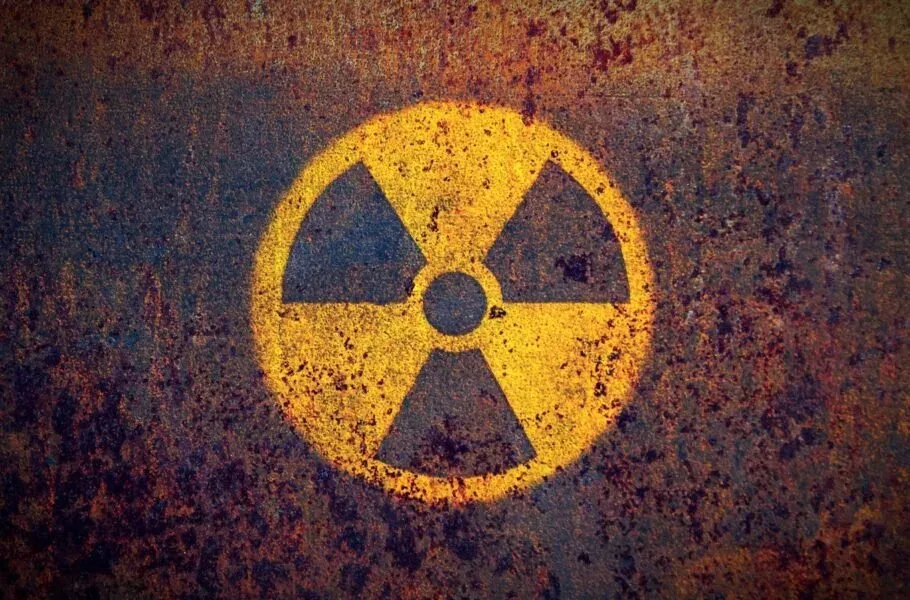
While radioactive incidents are rare, knowing the correct actions to take can save lives. Officials worldwide emphasize a simple, three-step principle: “Go inside, stay inside, stay tuned.” Here’s a comprehensive guide to essential actions in such scenarios, based on recommendations from reputable international bodies.
—
The Golden Three-Step Rule for Radioactive Emergencies
According to the UK Health Security Agency, if a radioactive emergency is declared near you, quickly and calmly follow these three steps:
1. Go Inside:
- Seek Immediate Shelter: Enter the nearest and most robust building possible (preferably brick or concrete). Basements or middle floors, away from walls and the roof, are the safest spots.
- Vehicles Are Not Safe: Cars and tents do not provide adequate protection against harmful radiation. If you are in a vehicle, quickly get to a building.
- Close Doors and Windows: Shut all doors, windows, and air vents. Turn off air conditioning systems, coolers, and fans that draw air from outside. This prevents radioactive particles from entering your breathing space.
2. Stay Inside:
- Wait at Least 24 Hours: The walls and roof of the building are your shield against radiation. Stay inside for at least 24 hours, or until official authorities announce it is safe. Radiation levels decrease rapidly over time.
- Care for Yourself and Your Family: Do not leave the shelter to retrieve family members from schools, daycare centers, or hospitals. Public facilities will implement their own emergency plans to shelter individuals, and your departure could endanger both yourself and them.
- Evacuate Only on Official Order: Leaving the hazardous area on your own is dangerous. Wait for precise instructions from authorities for safe evacuation.
3. Stay Tuned:
- Listen to Official Sources: Follow information and further instructions via official radio, television, internet, and social media channels.
- Prepare a Battery-Powered Radio: A battery-powered or hand-cranked radio is the best way to receive information during an emergency, as electricity and internet may be cut off.
- Avoid Phone Calls: Phone networks may be disrupted. If possible, use text messages for essential communications.
—
Essential Actions After Entering Shelter
Personal Decontamination:
If you were outdoors during the incident, immediately take the following steps:
- Remove Outer Clothing: This alone can remove up to 90% of radioactive particles. Place contaminated clothing in a plastic bag and put it away from your living area.
- Wash Your Body: Shower with soap and water. Wash your hair with shampoo but avoid using hair conditioner, as it can bind radioactive particles to your hair.
- Put on Clean Clothes.
Potassium Iodide Pills (Only in Specific Cases):
These pills are not a general anti-radiation medicine. They only protect the thyroid gland from radioactive iodine that may be released from nuclear power plant accidents. Never take these pills on your own and only consume them if explicitly instructed by health authorities.
Safe Water and Food:
Tap water and food that were already in your home, refrigerator, or sealed cabinets are safe and usable.
Pet Care:
Bring your pets inside, wash them with soap and water, and keep them inside the shelter until further notice.
—
How to Prepare in Advance for a Radioactive Emergency
Prior preparation is key to effectively managing any crisis. Taking the following steps before an incident can be a great help:
1. Prepare an Emergency Kit:
Have a ready bag or box containing the following essentials for at least a few days:
- Packaged Water and Food: At least 3 days’ worth of non-perishable water and food per person.
- Battery-Powered or Hand-Crank Radio: For receiving information from official sources in case of power and internet outages.
- Flashlight and Extra Batteries.
- First Aid Kit.
- Essential Medications: Medications needed by family members for at least one week.
- One Set of Clean Clothes per Person: You will need clean clothes if decontamination is necessary.
- Strong Garbage Bags: For placing contaminated clothing.
2. Develop a Family Communication Plan:
Coordinate with your family members and have a clear plan:
- Designate Meeting Places: Choose two meeting places; one near home and one outside the neighborhood, in case you cannot return home.
- Select an Out-of-Province Contact: Choose a friend or relative in another city as a contact person whom all family members can inform about their status. In a crisis, contacting someone outside the crisis area may be easier.
- Be Aware of Work and School Emergency Plans: Be informed about the emergency plans of your children’s schools, your workplace, and facilities for the elderly or children. Know their plans for sheltering in place.
3. Have Multiple Ways to Receive Official Alerts:
Do not rely on a single source of information. Ensure you can receive official alerts through multiple channels.
—
Common Misconceptions About Radioactive Emergencies
Incorrect information can be dangerous in a crisis. Here are some common misconceptions and their corresponding facts:
Misconception 1: “There’s nothing you can do against radioactive radiation; all hope is lost.”
Fact: This is completely false. You can protect yourself and your loved ones with simple and effective measures. The key principle “Go inside, stay inside, stay tuned” can save your life and drastically reduce your exposure to harmful radiation.
Misconception 2: “Even the smallest amount of radiation is dangerous and will harm you.”
Fact: We are exposed to very low doses of natural radiation (known as background radiation) from sources like the sun and earth every day in our normal lives, which are harmless to our bodies. The primary danger is related to exposure to high doses over a short period, which occurs in emergency incidents.
Misconception 3: “Doctors and nurses who treat contaminated individuals risk their own lives.”
Fact: Healthcare personnel are trained to handle such situations and use standard protective methods and equipment to prevent their own contamination. In most cases, the risk of contamination transmission from patient to healthcare worker is very low.